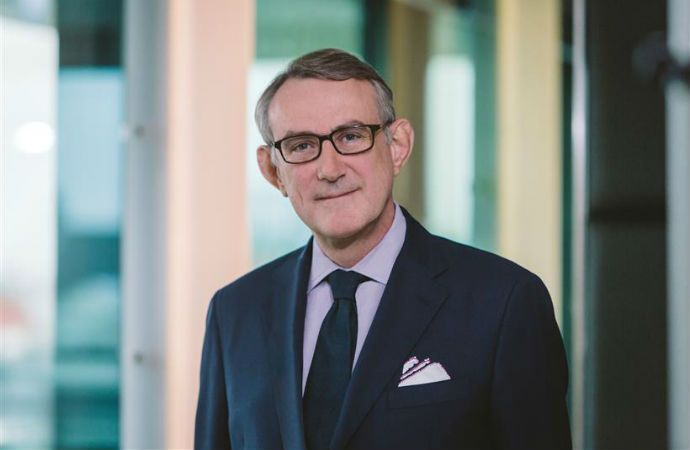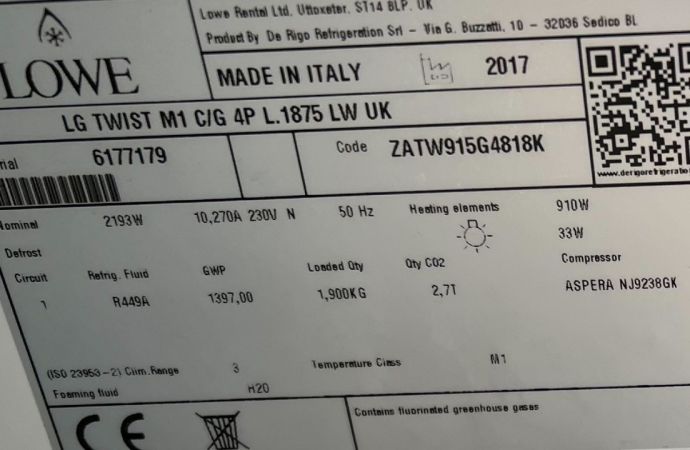Jean-François Van Boxmeer of Heineken highlighted the need for more sustainable refrigeration at the 61st Consumer Goods Forum (CGF) Global Summit in Berlin, Germany.

Jean-François Van Boxmeer CEO of Heineken
Copyright: Heineken International B.V.
Making the case for sustainable refrigeration as one of the best investments companies can make in the future of the planet, Heineken CEO Jean-François Van Boxmeer argued that hydrofluorocarbons (HFCs) are one of the highest producers of greenhouses gases today.
“At Heineken, we try hard to make a contribution to the essential goal of limiting global warming by making thoughtful choices about resource usage,” Van Boxmeer told the Consumer Goods Forum (CGF) summit in Berlin, Germany last week.
He believes the role of refrigerants in the fight against climate change is often misunderstood.
HFCs are widely expected to add up to 0.5°C to the average global temperature by the end of the century if their use is not curbed.
Van Boxmeer said Heineken is well aware of this issue and has been tackling it by adopting natural refrigerants like hydrocarbons and increasing the energy efficiency of its equipment.
He recommends other companies do the same, replacing HFCs with hydrocarbon refrigerants to mitigate harmful emissions and increase the energy efficiency of cooling equipment.
By 2020, we will have cut the CO2 emissions from our fridges in half compared to 2010."
– Heineken CEO Jean-François Van Boxmeer
“By 2020, we will have cut the CO2 emissions from our fridges in half compared to 2010. We are enhancing the energy efficiency for our customers in retail as well as in the on-trade. This is how we define shared value in practice,” he said.
The beverage giant also recommends:
- Replacing standard lighting by LED illumination;
- Introducing an energy management system;
- And installing energy-efficient fans.
The CGF Refrigeration Case Studies Booklet provides advice on what companies can do to reduce their climate footprints and achieve the goals of the Paris Climate Agreement.
Related stories

_1636620968.jpeg)

